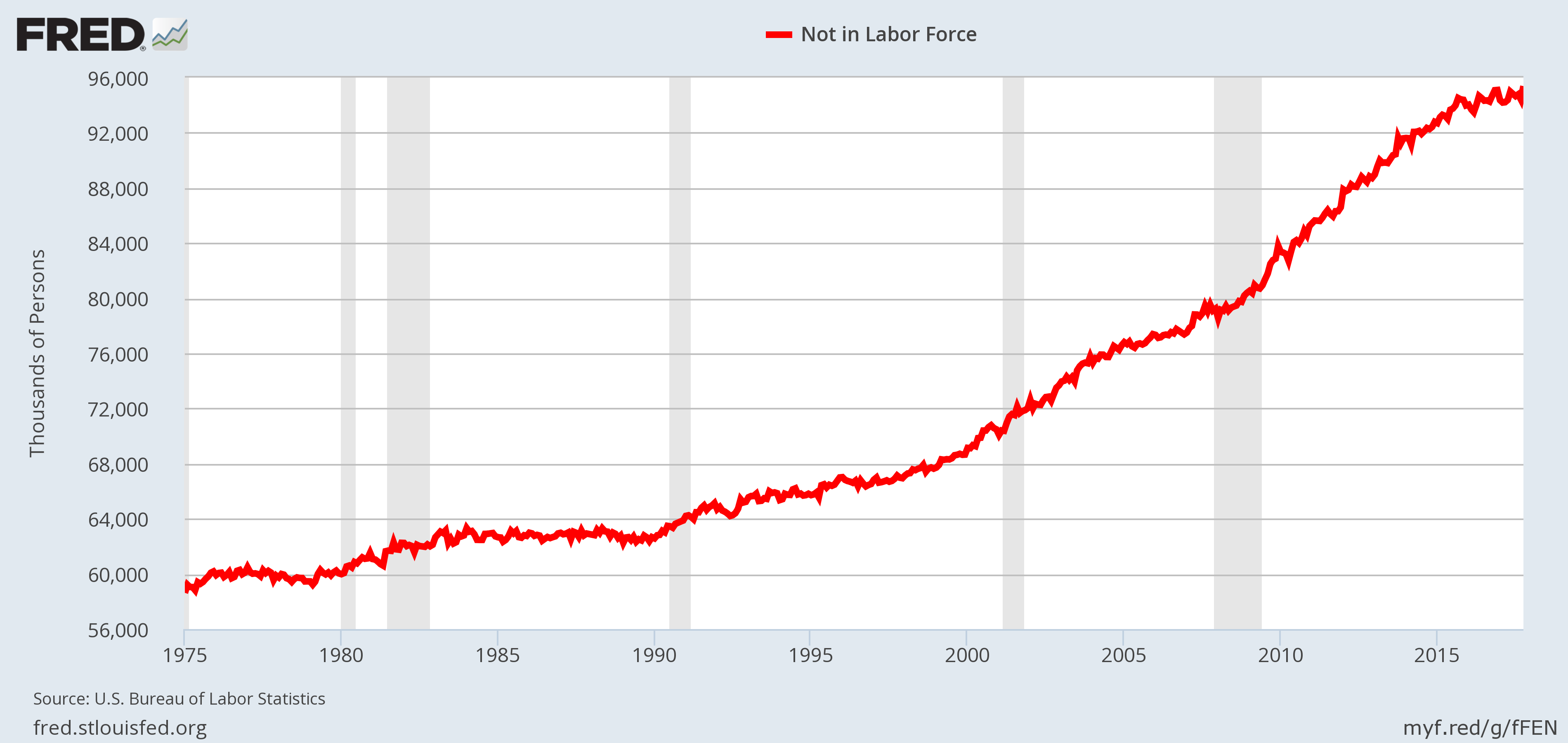Number of Americans Working Part-Time Remains Staggering
It’s important to pay attention to the U.S. jobs market. If it’s not improving, it could impact the overall U.S. economy. Remember, if Americans don’t have better-paying jobs, they can’t go out and consume.
Currently, the headline figures of the U.S. jobs market look great. According to the Bureau of Labor Statistics (BLS), in October, the unemployment rate stood at 4.1% and 261,000 jobs were added to the U.S. economy. (Source: “Employment Situation Summary,” Bureau of Labor Statistics, November 3, 2017.)
This sounds great, but it’s important to look closer. Remember, the devil is in the details.
Sadly, in the details, there are a few worrisome things that shouldn’t be ignored.
For instance, look at the number of Americans who are employed, but usually work part-time. BLS says these are individuals who work less than 35 hours a week. These workers may sometime also be referred as part-time contract employees and usually don’t have the same benefits as full-time employees. (Source: “Employed, Usually Work Part Time,” Bureau of Labor Statistics, accessed November 8, 2017.)
In October, there were 27.23 million Americans who fell into this category of workers.
Here’s the thing; this figure has been relatively flat since the last U.S. recession.
There’s one question that comes with this. Are these individuals working part-time because they want to, or is it because there aren’t many full-time jobs out there?
One Jobs Market Chart Worth Watching
Another troublesome thing in the U.S. jobs market that’s getting ignored is the number of Americans not in the labor force. These are individuals who have been removed from the labor force essentially. It could be because they are discouraged over job prospects, are available to work but can’t find any jobs, or because they don’t want to work for other reasons.
In October of 2017, this figure hit its highest level ever recorded; 95.38 million Americans.
Look at the chart below, and pay close attention to what happened to the trend after 2010.
After the financial crisis, the number of Americans not in the labor force has increased much faster than any time on record.
Why is this happening? Could it be because there aren’t many jobs out there for Americans?
Why Labor Market Is Worth Keeping a Close Eye On
Dear reader, as said earlier, if Americans don’t have well-paying jobs, they don’t go out and shop. This usually has dire impacts on the overall health of the U.S. economy.
Don’t forget, roughly 70% of the U.S. gross domestic product (GDP) is comprised of consumption. If it takes a hit, the U.S. economy witnesses an economic slowdown.
As it stands, the U.S. labor market is definitely worth watching. It remains tormented in places, and the longer it remains that way, the bigger the problem it will create for the overall U.S. economy.
Stock investors also beware! The tormented jobs market means companies involved in the consumer discretionary sector could face headwinds, and it could hurt their stock value.







